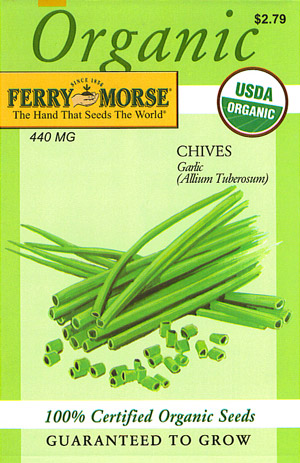Allium tuberosum, 韭菜 jiǔcài, 부추
Allium tuberosum - Schnittknoblauch, лук ветвистый (A. ramosum), 是韭菜呀, лук душистый,
лук клубневой, лук туберозный
Contemporary Standard Chinese Dictionary
韭菜 [jiǔcài]
1. 1. 名 多年生草本植物,叶子细长扁平而柔软,开白色小花。叶、花、茎可以食用,种子可以做药 材。
Лук ветвистый
Горный чеснок
Джусай
Лук душистый
Полевой чеснок
Allium tuberosum Rottl. ex Spreng.
SYNONYM(S) : Allium argyi H. Léveillé, Allium chinense Maxim., non G. Don, Allium clarkei J. D. Hooker, Allium odorum auct. non L., Allium uliginosum G. Don non Ledeb., Allium roxburghii Kunth., Allium angulosum Lour. non L.?, Allium senescens Miq. non L., Allium tuberosum Roxb., Allium yesoense Nakai
CHINESE : 韭 Jiu, 韭菜 Jiu cai, Jiu huang (Blanched leaves), 韭菜花 Jiu cai hua (Garlic chives flower), Chiu ts'ai (Taiwan).
DANISH : Kinesisk purløg.
DUTCH : Chinese bieslook, Knoflookbieslook.
ENGLISH : Oriental garlic, Chinese onion, Garlic chives, Chinese chives, Chinese leek, Scallion.
FINNISH : Kiinansipuli, Kiinanruohosipuli.
FRENCH : Ail tubéreux, Ciboule de Chine, Ciboulette ail, Ciboulette chinoise, Civette de Chine à feuilles plates.
GERMAN : Chinesische Chives, Chinesischer Schnittlauch, Knoblauchchives, Orientalischer Knoblauch, Schnittknoblauch.
JAPANESE : ニラ Nira, 韮 Nira, 花韮.
KHMER : Kachaay.
KOREAN : 부추 Bu pu.
MALAY : Bawang kucai, Kucai (Indonesia), Kuchai.
POLISH : Czosnek bulwiasty.
SPANISH : Cive chino.
TAGALOG : Kutsay.
THAI : กุยช่าย Kui chaai, กุยช่ายจีน Kui chaai chin, Hom paen.
VIETNAMESE : Hẹ bông.
VISAYAN : Ganda.
http://www.plantnames.unimelb.edu.au/So rting/Allium.html#tuberosum
Allium odorum L.
SYNONYM(S) : "Allium odoratum L.", "Allium tartaricum L.", "Allium ramosum L.".
CHINESE : Jiu cai hua, Nian hua, Nian hua jiu cai, (Nìhn fà gáu choi, Nin fa kau ts'oi - Hong Kong).
ENGLISH : Fragrant-flowered garlic, Flowering garlic chives, Flowering leek, Flowering stem chives.
GERMAN : Ausdauernder Lauch, Schnittporree.
RUSSIAN : Лук душистый Luk dushistyi (Luk dušistyj).
VIETNAMESE : Hẹ, Rau hẹ.
Listed by some authors as a synonym of Allium tuberosum Rottl.ex K.Spreng. others think Allium odorum auct., non L. ought to be the correct authority for the synonym, not Allium odorum L.
http://www.plantnames.unimelb.edu.au/So rting/Allium.html#tuberosum
http://www.plantarium.ru/page/view/i tem/2140.html
http://www.agroatlas.spb.ru/ru/cont ent/related/Allium_ramosum/map/
http://www.agroatlas.spb.ru/ru/cont ent/related/Allium_ramosum/
http://www.kashtan.by.ru/enc/lukov/alli um_o.html
http://www.arsvest.ru/archive/issue 469/garden/view843.html
http://sorta.h12.ru/c-onion-dush.ht ml
http://nauka.relis.ru/47/0410/47410 130.htm
http://ib.komisc.ru/add/old/t/ru/i r/vt/02-58/01.html
http://www.vniissok.ru/structura/luk.sh tml

 http://allherbals.blogspot.com/2008/0 6/garlic-chives-chinese-chives-chinese.h tml
http://www.henriettesherbal.com/pla nts/allium-tuberosum
http://www.flickr.com/photos/6205/10729 5167/
http://allherbals.blogspot.com/2008/0 6/garlic-chives-chinese-chives-chinese.h tml
http://www.henriettesherbal.com/pla nts/allium-tuberosum
http://www.flickr.com/photos/6205/10729 5167/
Allium schoenoprasum L. 北葱, 细香葱, 細香蔥, 小葱 - Schnittlauch,
Лук скорода, A. sibiricum (лук-резанец, шнитт-лук)
